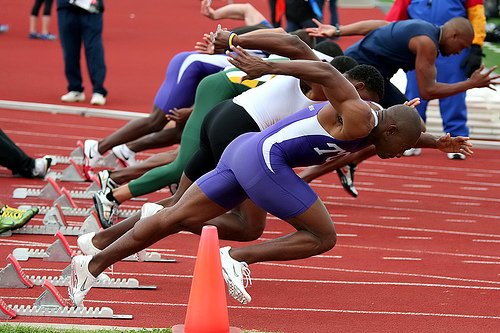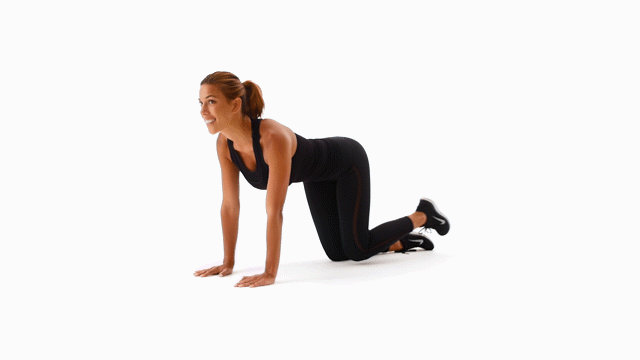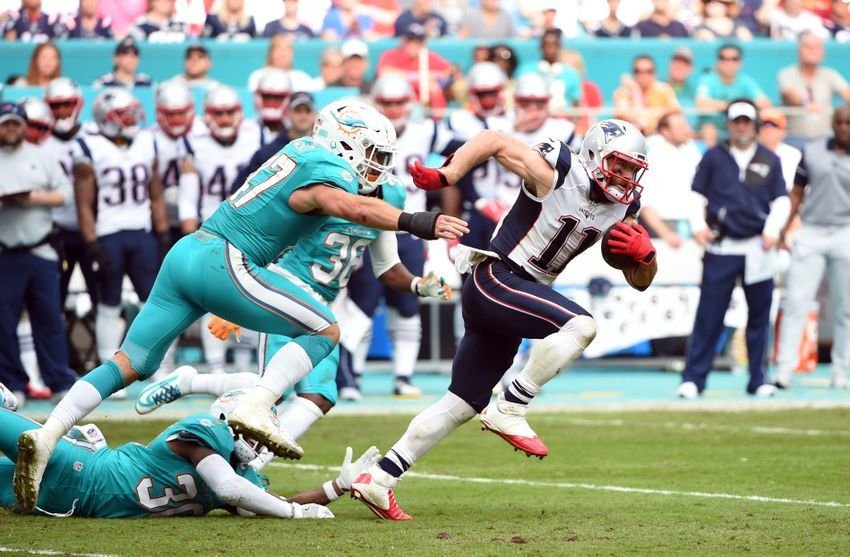The Glutes
What I find amazing is this concave structure of the posterior pelvis you see rotating above is filled in with all these muscles to make it convex, sometimes impressively convex!!! Although some of this might be due to unlucky, or lucky, fat deposition, for many athletes it is due to good ol' hard work and muscle hypertrophy.
There's a lot more to learn about these glutes, and simple internet search told me that there is a lot of interest out there. Which brought me to getglutes.com because, of course, this exists.
Needless to say, there is a lot of material on YouTube aimed at improving "form" far more than function. So let's get back to function and the form can just follow. What all of these workout videos have in common is trying to maximally activate and contract the gluteus muscles over the quadriceps. As I mentioned previously, many of us are quad dominant, meaning that we activate the knee extensor muscles with squats and deadlifts, running and jumping, over the hip extensors.
First, lets meet the players, the gluteal family. We've already met gluteus maximus and this is our primary hip extensor. The hamstring muscles will also play a role in hip extension, but because they cross two joints they also famously flex the knee. As mentioned the glute max however, just crosses one joint and it's purpose is there. Now we can see from its fiber orientation, that it doesn't just work in one plane. Shortening of the gluteus maximus will result in hip extension and some external rotation. Now, most of what we talked about thus far are compound movements or exercises, like squats or deadlifts or just jumping over 7 footers. In these movements the gluteus maximus works in concert with other muscles to produce the movement, so its line of pull is primarily hip extension, usually without hip external rotation. If you did the workout last week, however, there was a combination of compound movement and isolating exercises that included both hip extension and external rotation (like this awkward exercise no one will ever do at a crowded gym).
These isolating exercises are nice to fatigue the muscles (and maybe wake up that sleeping glute), but they hardly tap into the powerful potential of the glutes. The best way to exercise any muscle is to put it on stretch and then contract through full range of motion. As mentioned, however, we don't like to do this and tend to cheat with our back when we do go into hip flexion.
My tip is this: When performing your deadlifts or squats, push your hips back to get more flexion, drive your heels into the floor rather than going onto your toes and using more quads, and finally, squeeze the glutes at the top by adding some extra hip extension. Ok, so maybe Athlean-X has the same tip. So as Jeff says, go do some real step-ups where you start in nice hip flexion, butt also ends in full hip extension.
All we're really asking of the gluteus maximus is to do it's job. For some reason, we've let it get lazy and relied on other players to do the work. Well, you can't put together a championship team, or body, unless everyone, and every muscle, is performing at their peak. One weak link and you won't be hoisting any trophies. Don't believe me? Ask Julian Edelman. At 5'10" 200ish lbs, he's not the biggest guy on the field, but he packs some power into that small frame. And you could too, if you tap into the potential of your butt ;)
Think Jules does some lunges??
Just like the sprinters above or the dunkers from last post, Julian drives off of the line and through defenders with incredibly strong hip extension. I love all the exercises above and below that engage those glutes, but nothing beats actually performing those sport specific movements. I bet some of Julian's best workouts are game day. Sprinters have large glutes because they get on the blocks every day. Don't be afraid to get out there and run, jump, and play. As great as the science is, some of the best training is just practice, practice, practice.
Sprint off the line in any sport with strong glutes.







